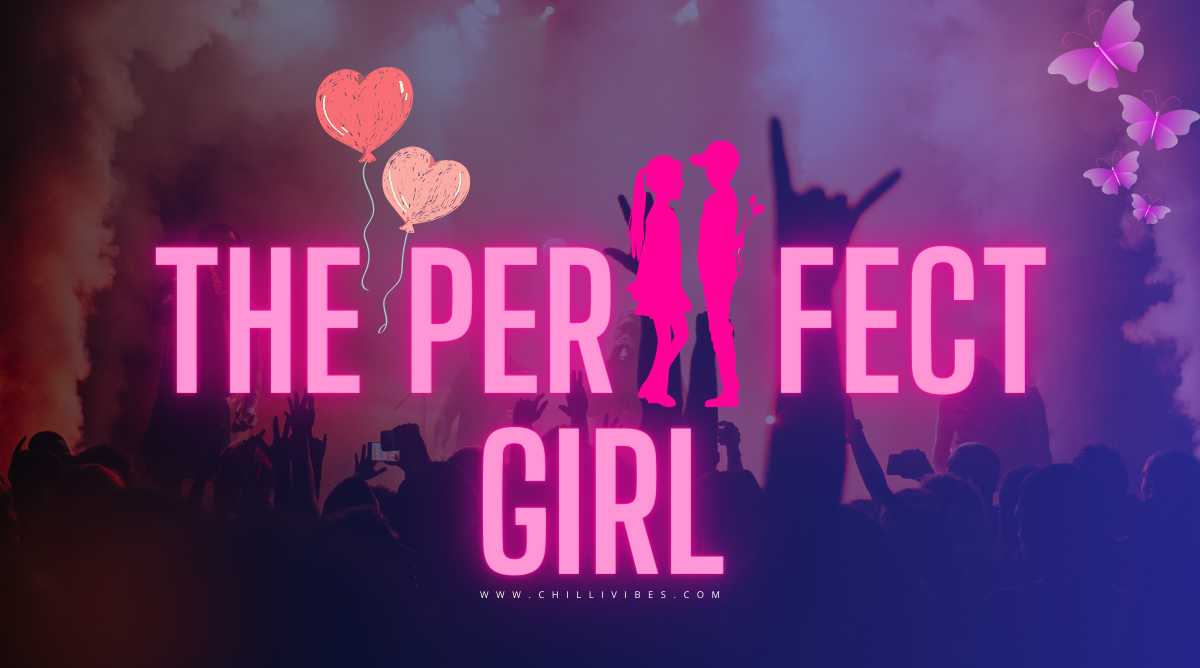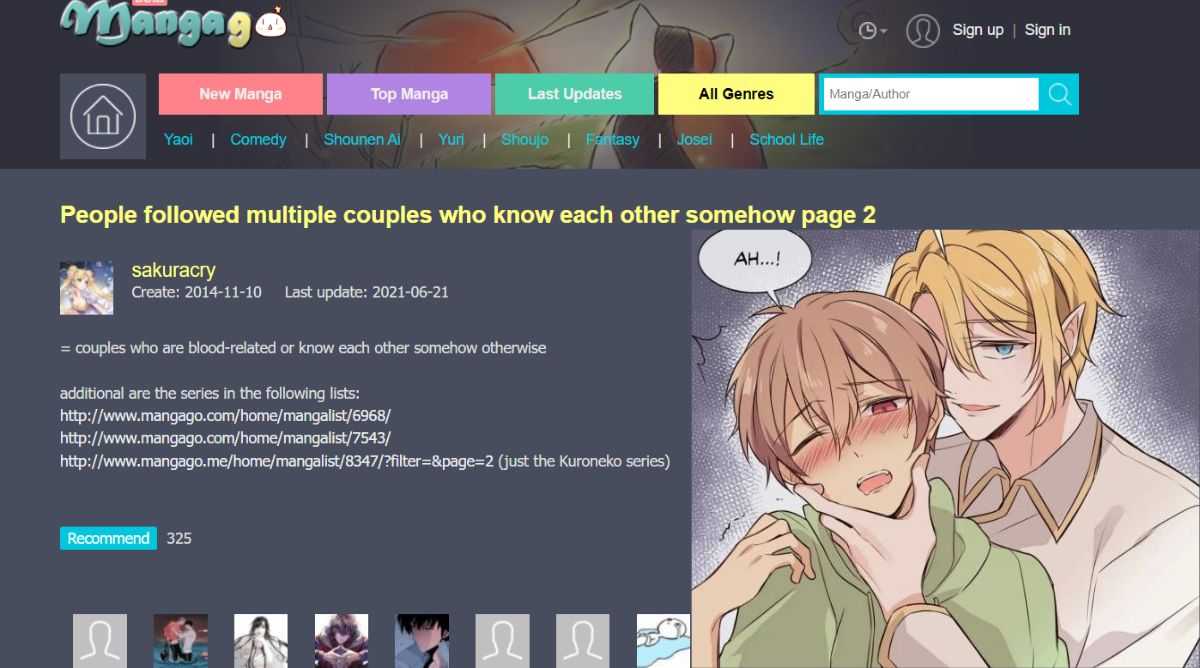Part of a larger trend on TikTok, the “Art of Zoo” phenomenon challenges people to look for seemingly benign terms only to find disturbing (sexual) video involving animal mistreatment. In contrast to certain other search trends, “Art of Zoo” produces offensive and unsettling artwork that has sparked strong feelings among users outside of the TikTok community. The Unsettling Truth Behind “Zoo Art”
What is Art of Zoo?
- The term “Arts of Zoo,” sometimes referred to as “Zoo of Art,” seems innocent; perhaps it brings to mind pictures of classic zoo settings or animal portraits. But the truth is far from being innocent. It’s a euphemism for mistreating animals, particularly when it comes to sexual abuse, in which people engage in sexual activity with animals.
- The extremely violent, distressing, and possibly traumatic nature of zoo art shocks and disturbs viewers, particularly young ones. It is just one more illustration of how poorly people treat the natural world and their surroundings.
- The phrase “Art of Zoo” first appeared on social media as an apparently lighthearted challenge, inspiring individuals to look it up and comment on the outcomes. Although its beginnings are unclear, its growth is a prime illustration.
How to Protect Your Children from ‘Art of Zoo Donna’ Content?
Safeguarding kids from upsetting internet content such as “Art of Zoo” necessitates a multifaceted strategy that includes technical safeguards, open communication, and education. The following advice can help you shield your kids from the “Art of Zoo” trend:

- Inform people about online safety: Instruct kids on the fundamentals of safe internet usage, such as the significance of avoiding clicking on unidentified links and doing searches using unfamiliar terms.
- Employ Parental Controls: Install parental controls on all of your devices to keep an eye on your online behavior and prevent access to offensive material.
- Maintain Open Communication: Tell kids they may talk to you about anything uncomfortable they find when they’re online and encourage them to share their stories.
- Regularly review your browser’s history: Examine the browsing history of your child to be aware of the websites they are visiting.
- Set up Safe Search: To remove explicit information from search results, use the safe search settings on search engines.
- Install Software for Content Filtering: Install content-filtering software to stop websites that are known to host offensive content.
- Remain Up to Date: To be better equipped to guide and safeguard your children, stay informed about the newest developments in the internet world and any potential hazards.
Read More: FANZA: Know Everything About Japan’s Premier Adult Entertainment Hub
Public Reaction and Opinions about ‘Art of Zoo’
The public has become extremely incensed and has issued a call to action after learning the real reason behind the ‘Art of the Zoo’movement. The following categories can be used to separate the reactions:
- Instant Dismay and Disapproval of “Zoo Art”
Upon seeing the content, thousands of users have voiced their shock and disgust, expressing everything from incredulity to open rage. These responses are frequently posted on the same social media sites that first made the trend popular, which feeds awareness and increases shock. Many people agree that the content is inappropriate for public conversation because it not only defies moral and social conventions but also most social platforms’ community guidelines.
- Parental Concern and Inquiry into “Zoo Art”
Given that the trend highlights the risks that unsupervised internet use presents to kids and teens, parents have been especially outspoken. The topic of internet safety for children has gained a lot of attention lately, and many parents have shared resources and advice for keeping an eye on their children’s online behavior and encouraging honest dialogue about it.
- Professional Evaluation and Instruction
Numerous specialists in internet safety and mental health have contributed to the conversation, offering qualified viewpoints on the effects of such damaging information. They stress the value of media literacy in navigating the digital world and provide advice on how to handle the emotional fallout from exposure to upsetting content.
- Platform Accountability Requirements
The public uproar has prompted demands for social media companies, particularly TikTok, to be more accountable. To stop the spread of hazardous content, users need improved content control and more transparent reporting procedures. In order to address the effects of such tendencies, there is also a push for these platforms to collaborate more closely with mental health groups and law enforcement.
- Satire and Social Commentary
Satire has become a popular way for certain people and content producers to communicate their opinions, utilizing comedy to criticize the fad and the larger issue of clickbait culture. These satirical viewpoints help to draw attention to the ridiculousness and peril of such viral phenomena while also trying to lighten the conversation.
- Protests and Activism Against “Zoo Art”
A segment of the reaction has been more proactive, involving people, organizations, and environmental advocates initiating campaigns and petitions to increase consciousness and demand reforms. The public is intended to be educated about the risks associated with seemingly harmless online challenges such as “Art of Zoo” through these activities. Moreover, they are exerting pressure on platforms to implement more robust preventive measures in order to combat animal abuse.
Ethical and Social Considerations around ‘Art of Zoo’
The ‘Art of Zoo’ phenomena presents significant ethical and social questions that go beyond the content’s initial shock value. These thoughts address the obligations of internet users, the function of social media platforms, and the responsibility of artists. The intake of “harmful ‘Art of Zoo’ content” raises ethical questions. It raises the question of whether users are unintentionally increasing the demand for this kind of hazardous content by searching for the term? Undoubtedly, more education is required on the ramifications of these kinds of internet searches.
Social Media Algorithms’ Function in Disseminating “Art of Zoo” Content
Platforms like TikTok are driven by algorithms that are intended to boost interaction, frequently without taking into account the type of material. This calls into question the platforms’ moral duties to make sure that damaging content is not promoted by their algorithms. It also emphasizes the necessity of openness in the user-served content filtering and serving process.
Conclusion
The need for thorough instruction in digital literacy is highlighted by this development. Such instruction ought to cover more ground than just the fundamentals of using online resources. When interacting with digital content, it should also foster ethical considerations and critical thinking. Ultimately, the phenomena known as the ‘Art of Zoo’ emphasizes the necessity of taking proactive steps to stop the spread of dangerous content. This covers both community-led projects like awareness campaigns and technology solutions like improved content filtering.
Related Article: Shadbase: Controversial Cartoonist’s Journey to Success and Legal Troubles















Leave a Reply